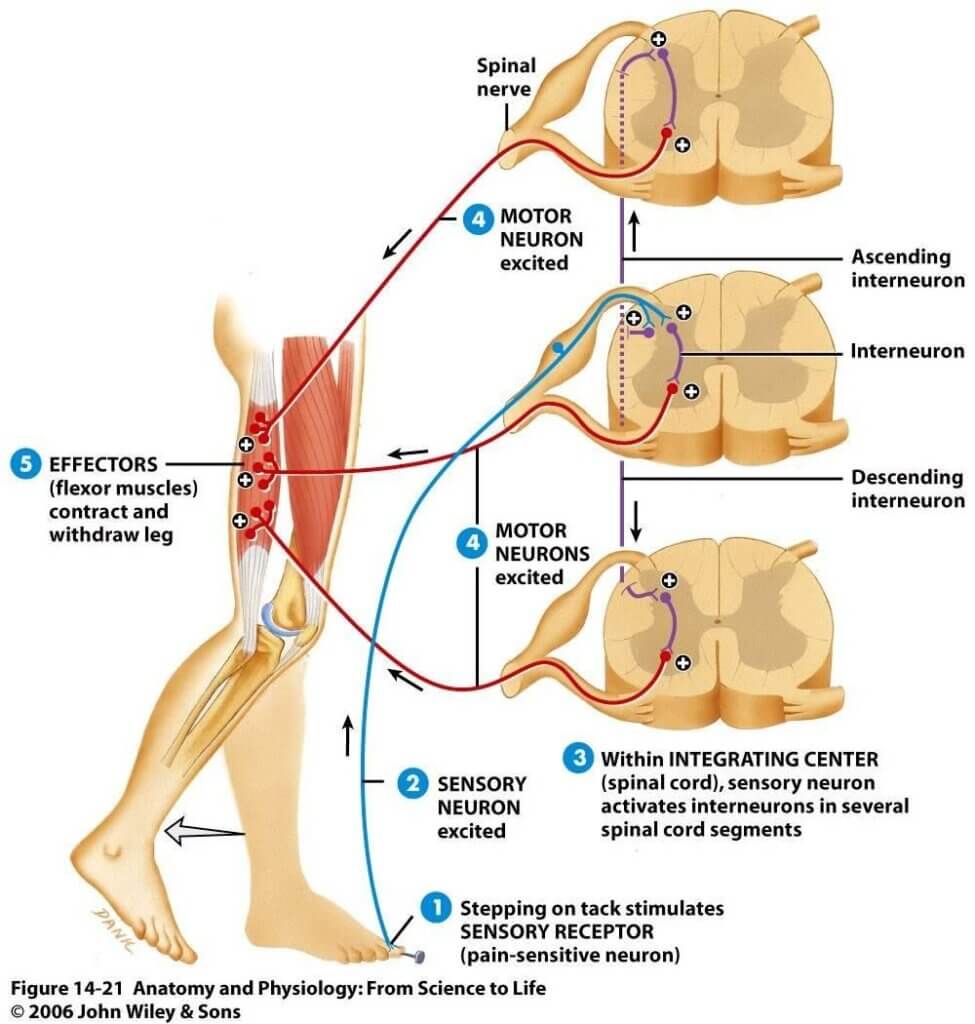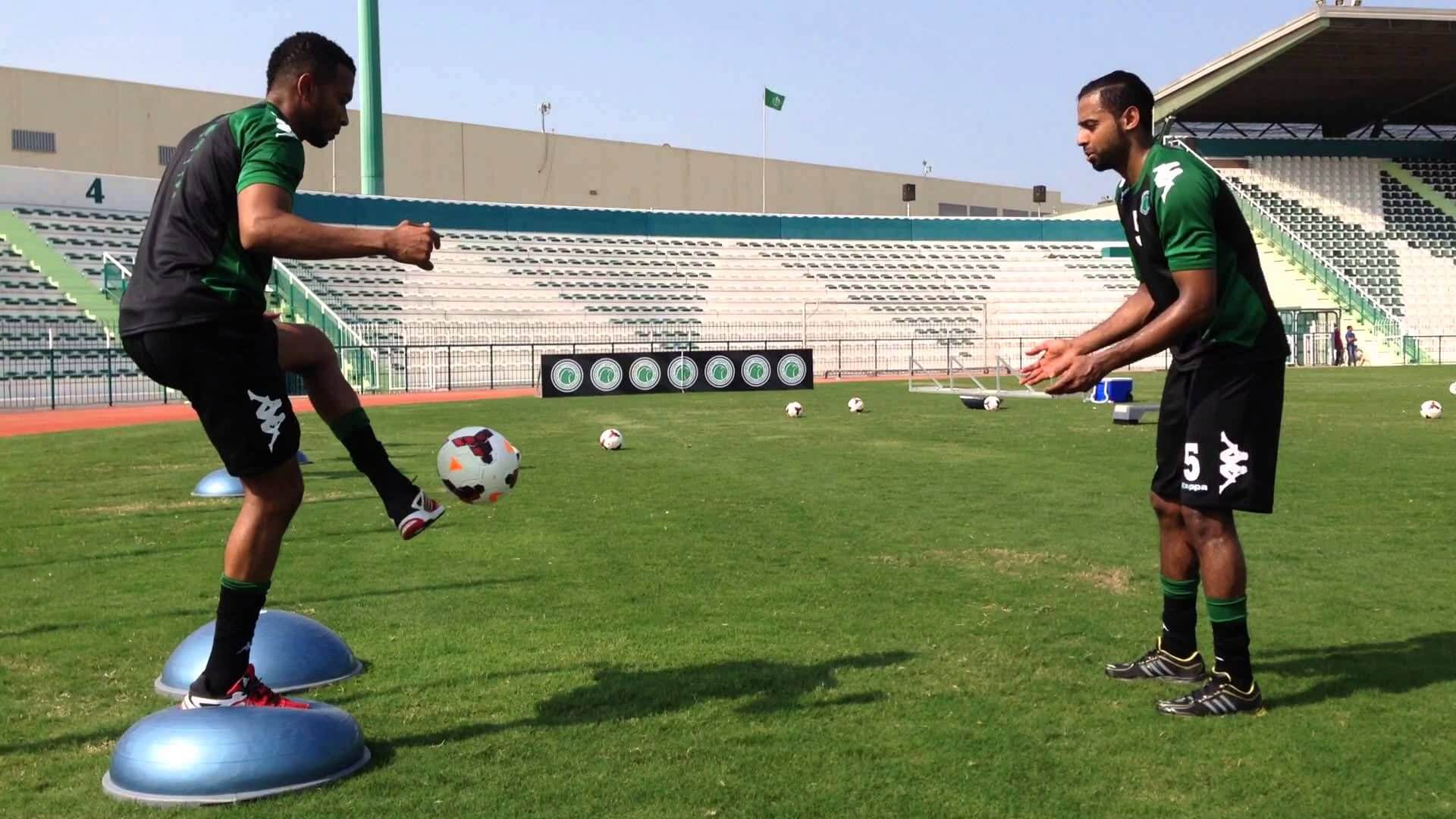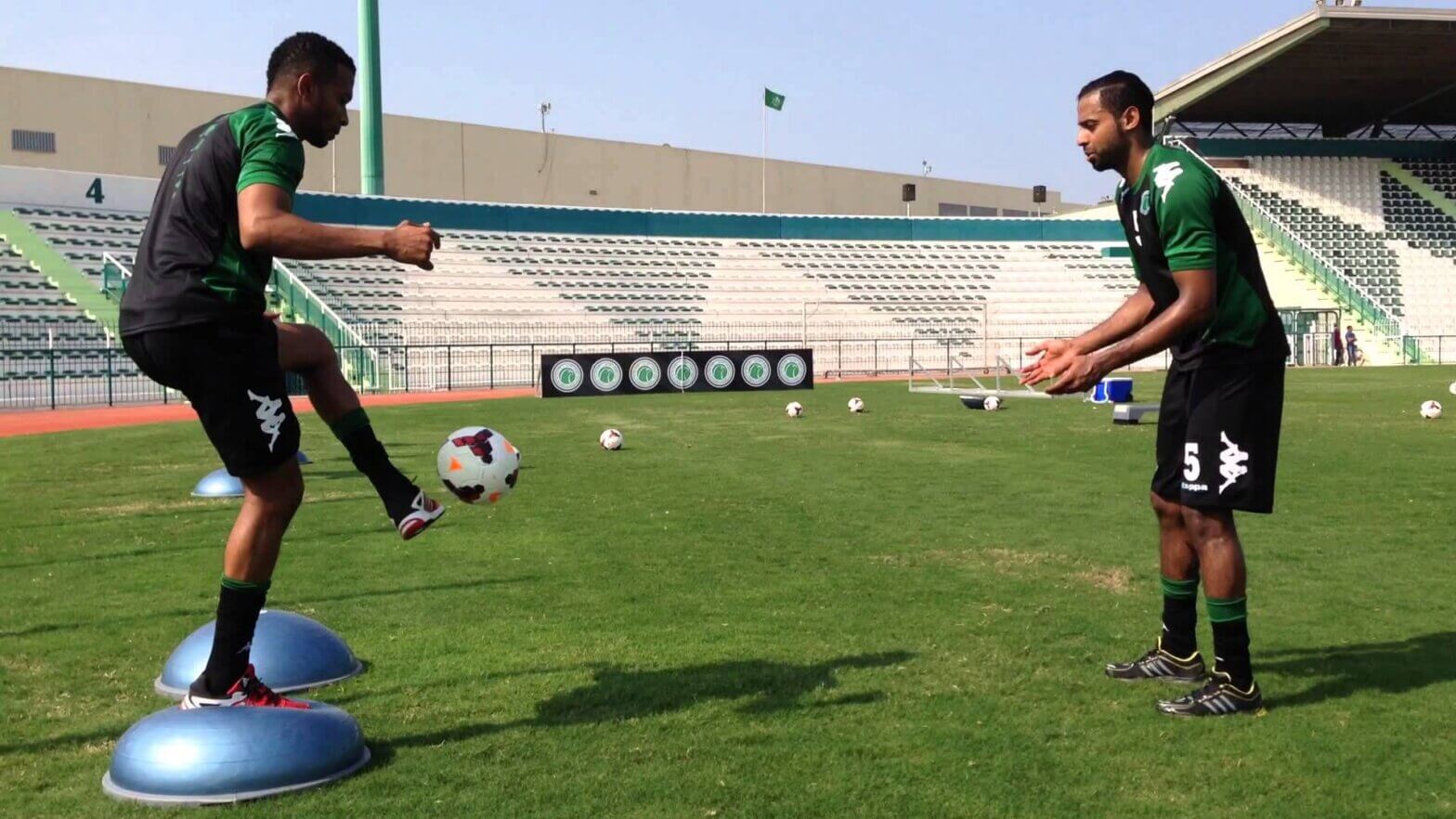Returning to sport after an injury requires more than just healing the injured tissues; it demands a comprehensive approach to rehabilitation. Proprioceptive training emerges as a vital component in this process, playing a pivotal role in restoring balance, coordination, and confidence. This article will explore the significance of proprioceptive training and its crucial role in facilitating a safe and effective return to sport.
Understanding Proprioceptive Training in the Context of Return to Sport:
After an injury, the body’s proprioceptive system may be compromised. Proprioceptive training becomes essential to retrain this system, helping athletes regain a heightened sense of body awareness, joint position, and movement control. This targeted training goes beyond traditional strength and flexibility exercises, focusing on neuromuscular coordination and balance.

The Importance of Proprioception in Sport:
In sports, precision is often the key to success. Proprioceptive training refines the precision of movements, allowing athletes to execute actions with greater accuracy and control. A well-developed proprioceptive system also acts as a protective mechanism, reducing the risk of re-injury. Athletes with enhanced proprioception are better equipped to respond to sudden changes in direction, uneven terrain, or unexpected challenges during gameplay. Confidence is a crucial psychological aspect of returning to sport after an injury. Proprioceptive training instills a sense of confidence by improving an athlete’s trust in their body’s ability to move and respond appropriately.
Incorporating Proprioceptive Training into Rehabilitation:
Physical therapists will often begin with prescribing static balance exercises and gradually progress to dynamic movements. Single-leg stances, balance board exercises, and unstable surface activities challenge proprioception and improve stability. Proprioceptive exercises can be progressed to mimic the demands of the specific sport. For example, soccer players might focus on drills that involve cutting, pivoting, and quick changes of direction. As the athlete progresses, a physical therapist will often increase the complexity and intensity of proprioceptive exercises. Implement drills that require rapid decision-making, agility, and coordination to closely simulate the demands of the sport. In conclusion, proprioceptive training is a cornerstone in the journey back to sport after injury. Its role in refining neuromuscular coordination, preventing re-injury, and boosting confidence makes it an indispensable component of rehabilitation. Athletes, along with their physical therapists, should integrate targeted proprioceptive exercises into their recovery plans to ensure a smooth and successful return to the playing field.
If you experienced an injury and are searching for a comprehensive plan to return to your favorite sport or activity, call Respire Physical Therapy at 703-671-1871 or click here to schedule an initial evaluation!
Tags: arlingtonva, alexandriava, sport injury, fallschurchva, ptworks, health blog, Physical Therapy, return to sport, Respire Physical Therapy, pt education, physical therapist, regain your movement freedom, proprioceptive training, choosept



